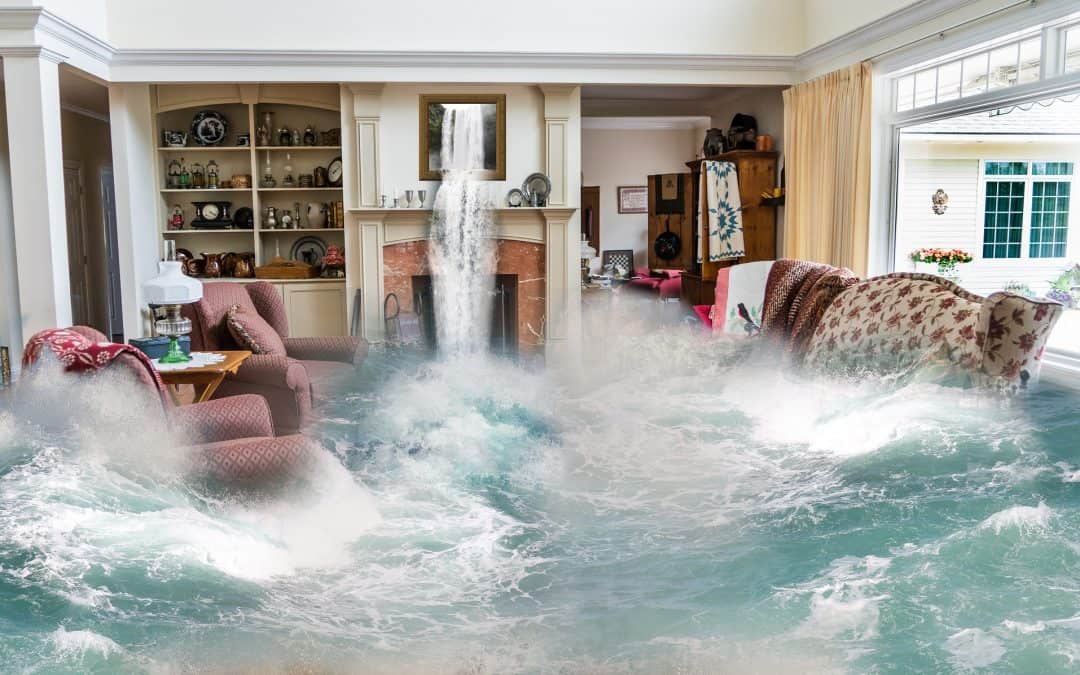Residential flooding is a disaster and a traumatic time for any homeowner. Not only do you have to worry about your home being damaged, but you run the risk of electrocution or even collapse if the damage is extensive. During such a disaster, it’s important to know what you should do if you are ever unfortunate enough to experience such a horrible tragedy.
SAFETY FIRST
The first thing to do during residential flooding is to turn off the power. Electrocution can be fatal and you must take steps to ensure that you, or your family member, are not exposed to any open wires or electrocuted water. To make things safe, just flip the main switch of the house and turn off all the power. Wear rubber boots and other protective clothing as well.
Move all your furniture away from the flooded area as damp wood or cloth can lead to black mold contamination causing further problems. Also, make sure you clean any dishes or glassware that may have been affected by the flooding as the stagnant water could give rise to bacteria.
REMOVE THE WATER AND DRY OUT YOUR HOME
If you have a water pump, hook it up and start removing the water from your home. If not, then you’ll have to do it manually using buckets so call on family and friends to help you out. Once the water is removed, get to drying the house! After you’ve ensured there is no potential for electrical damage, turn on your air conditioners, dehumidifiers, and fans to dry the house out. Statistically, you need to remove water and start the drying process within the first 24 hours to prevent any build-up of mildew or mold.
SORT OUT WHAT YOU’RE GOING TO KEEP AND WHAT YOU’RE GOING TO THROW AWAY
Once your house is dried out, it’s time to sort through your belongings. This is the most difficult part of the process as you’ll have to throw away some things which you hold very dear. Items that are too damaged should be removed as chances are that the mold and mildew have started growing inside already. Flooring, drywall, and insulation need to be removed right away as these run a high risk of contamination.
As for your furniture, you’ll need to see one by one what the damage is and judge if anything is worth salvaging. If the wood has started to rot or has become heavily discolored, chances are the water has done its damage and the contamination process will start soon. Take no risks as once the contamination has set in, removing the mold and mildew can be a long, arduous, and costly process.
REPAIRS
While water may not seem to be too harmful, it causes a significant amount of damage to your house when flooding occurs. Flooring has to be removed, walls need to be put up again, and windows may have to be replaced as well. You can choose to tackle these problems individually, one by one, until the job is complete. If money is not an issue, you could consider hiring a professional company for the job as the damage can be extensive and keeping a home in an unrepaired state will not always be the best option.
If you are in the Rochester or Finger Lakes Region of New York, you’ll find the professionals at www.FindTheHomePros.com.

It makes sense that you should prevent mold from growing by drying your house out within the first 24 hours of flooding. My wife and I accidentally left our home’s windows open while we were on a camping trip which caused rainwater to flood our living room’s hardwood flooring. We’ll see if we can find a professional to help minimize any damage that the water caused.
I didn’t know that you need to use buckets if you do not own special equipment needed to remove water from your home. Ever since it started raining last night my wife and I noticed that our basement has started to flood since one of our windows has been broken for a few weeks, and we’re worried that our antique furniture will be damaged from the moisture. We’ll consider hiring a flood damage cleaning service that can help us get rid of the water before it causes any significant damages.
It makes sense that water in your house should be removed within a day in order to prevent mold from accumulating. Ever since my wife forgot to close our bedroom window during a rainstorm last night, we have been looking for a way to prevent our hardwood flooring from becoming warped by the water that pooled in the corner of our room. We’ll hire a restoration company that can prevent any further damages.
I like that you mentioned the importance of utilizing your fans in order to help dry out your home once you have determined that your house hasn’t sustained electrical damages. My mother recently told me that the drywall in her basement recently started to become soggy when a pipe inside of her wall burst in the middle of the night. Hopefully, she can find an expert that will help her prevent further damages.
Thank you for mentioning how you should utilize fans to help dry your house after confirming that your home hasn’t sustained electrical damages. My basement recently flooded when my wife forgot to close one of our windows during a rainstorm last night, and we need to find a way to repair the damaged walls before mold starts growing on them. Maybe we should find an expert that can help us restore our basement.